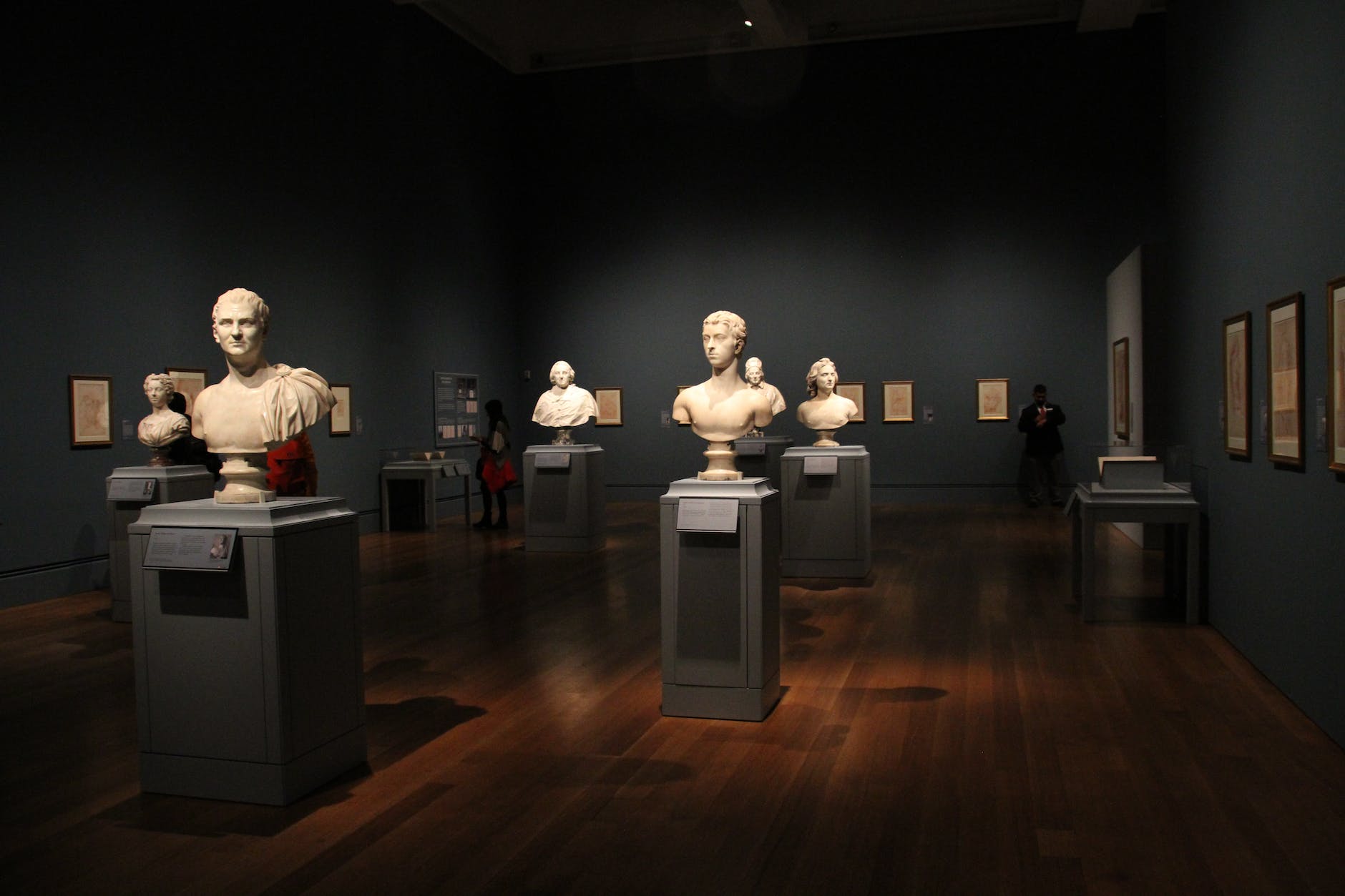Sculpture Tips and Tricks: Enhancing Your Artistry
Mastering sculpture requires continually expanding one’s capabilities through experimentation, practice and learning from seasoned artists. Applying clever tips and unconventional techniques allows sculptors to work more effectively and actualize concepts in inventive new ways. This piece reveals handy tricks of the trade for enhancing sculptural artistry.
Clay Sculpting Tips
Clay is a versatile beginner-friendly medium. Useful techniques include:
- Score clay surfaces then apply watered “slip” to firmly join pieces instead of glue. The clay bonds naturally.
- Plunge thick gauge wires into legs, torsos or supports then embed clay over them to reinforce strength.
- To smooth seams between clay additions, lightly mist problem areas with water then firmly rub with a rib or finger.
- For clean joins between parts, let clay dry to a leather hard stage. Score surfaces and moisten with slip before pressing together.
- To evenly blend large areas when the clay is stiff, vigorously rub with a wet sponge. Keeps moisture even.
- Avoid overly handling detailed areas to prevent unintended smoothing. Designate smoothing zones.
Wax Carving and Casting Tips
Wax lends itself to detailed casting:
- Freeze wax briefly before carving to make it more rigid and easier to chisel smoothly.
- Opt for higher melt point waxes near finished carving so the sculpture holds crisp details.
- Heat metal sculpting tools like loop tools before slicing wax to create smoother cuts.
- When embedding items to cast, coat them in clay-water slip so the metal flows evenly around the form.
- Paint multiple plaster coatings onto complex waxes to create a durable mold able to flex when separating.
Stone Carving Pointers
Mastering stone sculpture has nuances:
- Rough out overall form before refining. Mark the stone’s structure and fault lines first.
- Softer sedimentary and igneous stones like limestone, soapstone, and alabaster make ideal beginner material before attempting granite or marble.
- Let stone dictate the sculpture – follow the patterns and contours rather than fight them.
- After significant shaping, thoroughly wet the stone and wait. Darkening reveals dense areas to inform final polishing.
- Pre-finish some concealed and intricate areas before full polishing to avoid over-polishing prominent regions.
Metalworking Tips
Metals like bronze need special handling:
- Create an intricate refractory mold before casting molten metal into it. The mold must withstand extreme heat.
- Brace thin protruding pieces like limbs securely within the mold using clay before pouring metal.
- Vents in the mold allow heated air and gases to escape as metal enters, preventing cracks in the casting.
- Quench hot castings in sand to prevent cracks from rapidly cooling metal. Then bury in soil for slow cooling.
- Apply chemical patinas before polishing for colored metal finishes.
Exploring new techniques allows sculptors to expand their capabilities over time. Trying innovative approaches keeps the process fresh, exciting and rewarding.
